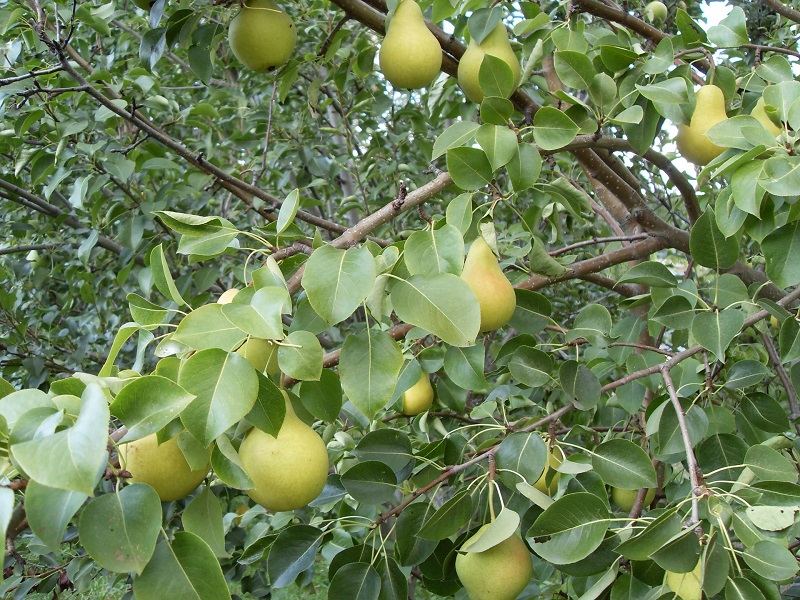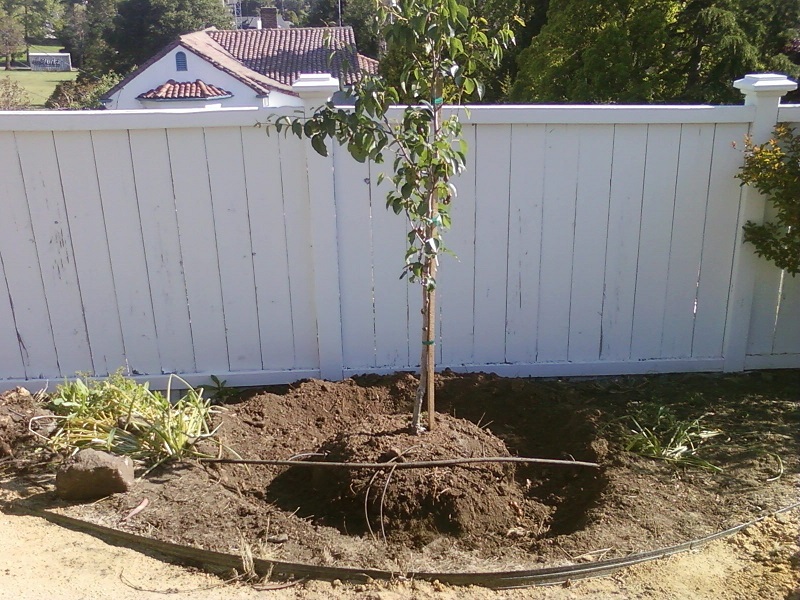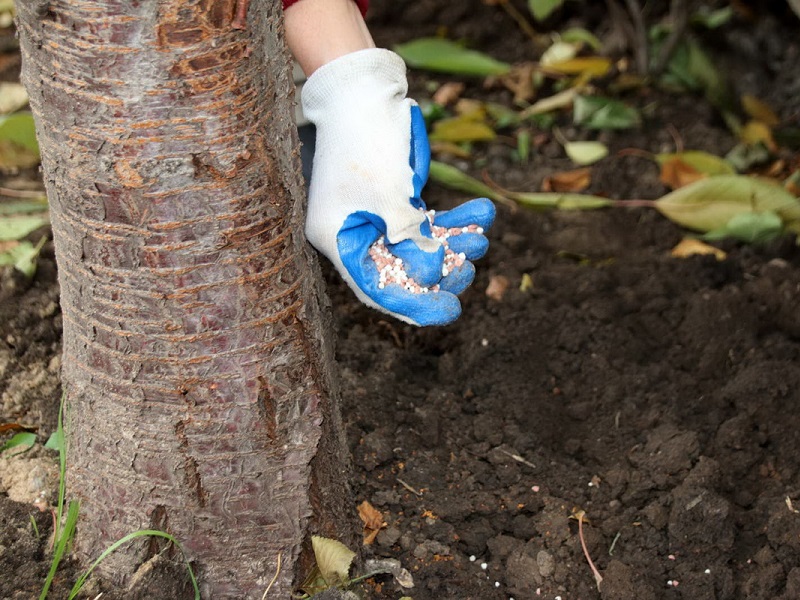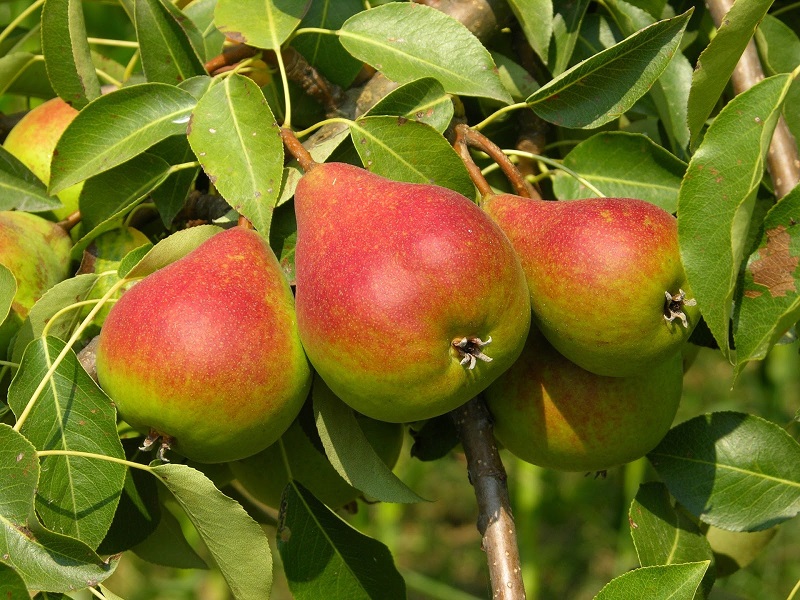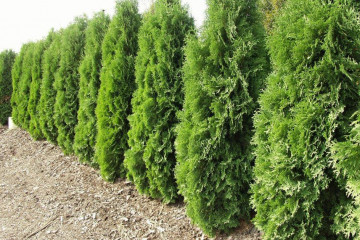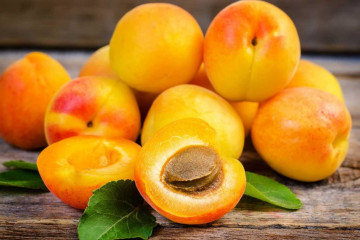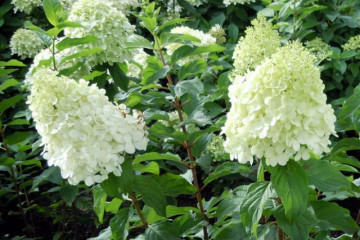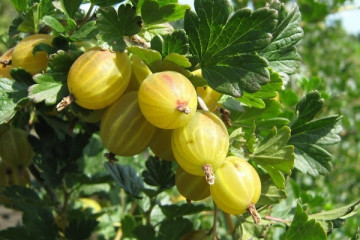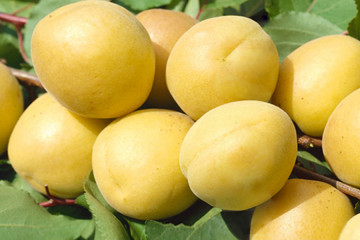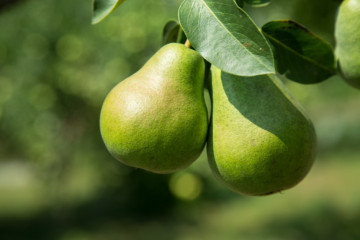Pear Marble: variety description, pollinators
Content:
Pear Marble is one of the most popular varieties among gardeners. The culture has a wide range of consumers and conquers with its excellent taste, remarkable product characteristics, as well as undemanding care. Its positive aspects and varietal characteristics are able to satisfy all the requirements of modern horticulture. The description of the Marble pear variety, its positive and negative qualities, as well as the rules of planting and care, will allow even a novice gardener to grow a fruit tree.
Description of the pear variety Marble
The culture was obtained in 1947 in the Voronezh region by crossing the genetic material of the Lesnaya Krasavitsa and Zimnyaya Michurina varieties. The authors of this species are the students of the famous breeder Ivan Michurin.
It was entered into the State Register only after 18 years. After that, it became popular even outside Russia in temperate climatic zones. Pear Marble is distinguished by high yield rates and excellent fruit quality.
A tree up to 4 m in height is characterized by a pyramidal crown, has large glossy leaves with jagged edges. The flowering period begins early, white inflorescences appear, consisting of 8 medium-sized flowers.
The fruits begin to ripen in the second half of August, the last harvesting date is in mid-September. The weight of each pear is from 130 to 170 g, but under favorable climatic conditions and observing the rules of care, the indicator increases to 220 g. From one tree, you can get up to 200 kg of harvest. The fruit is characterized by a firm green-golden skin, grainy, juicy, creamy flesh and a pleasant taste that deserves high marks.
Landing features
Rooting, the rate of plant formation, as well as yield indicators in the future depend on the correct planting and a well-chosen growing place and planting material.
Choosing a place and time of boarding
The right time is in the spring after the last frost. It is better to plan the planting process in Moscow and the Moscow region in early or mid-May, since the culture is especially sensitive to frost for the first few years. Autumn planting is possible only if the procedure is carried out a month before the temperature drops, while the soil has not cooled down: approximately in the first decade of October.
When determining the optimal planting zone for pears of the Marble variety, you need to take into account the following rules:
- For cultivation, it is better to select places with good lighting and nutritious loamy soil.
- Avoid areas with high groundwater levels. No more than 2.5 m from the ground is allowed.
- Protect the tree from strong winds and drafts. You can pre-select a place 3-4 meters from the fence or building.
Selection and preparation of planting material
When choosing a seedling, preference should be given to the following specimens:
- age not more than 2 years;
- the root system is equipped with at least 3 processes, at least 25 cm long;
- shoot with 3 lateral branches;
- bark without defects, cracks, mechanical damage and disease symptoms.
Leave the root system in the growth stimulator solution for 2-4 hours before planting.
Landing technology
So that the further growth and development of the plant does not drag on, it is recommended to study in detail the planting scheme and follow it:
- Dig a hole at least 70 cm in diameter and depth, if necessary, fertilize the soil with complex fertilizers.
- At the bottom, put a layer of crushed stone, broken brick and expanded clay. If there is too much moisture, apply clay to protect the root system.
- Prepare in advance a nutrient composition of peat, humus, compost and sand in equal doses, add 300 g of superphosphate and 3 liters of wood ash, mix and fill in the pit.
- Place the seedling so that all the roots are free, cover with soil and tamp.
- Drive in a wooden stake no more than 1 m in height 10 cm from the trunk, tie up the tree.
After planting, water abundantly and mulch the near-trunk circle with mowed grass, sawdust or hay.
Further care
To obtain a large amount of high quality harvest, you should try to carry out all the care measures in a timely manner and make sure that the culture does not need anything.
Watering
After planting, pay attention to watering, since the marble pear does not tolerate drought. Subsequently, there is a lack of moisture, the fruits can crumble, the plant itself can wither. One tree in a dry summer needs 5 buckets of water. Watering is required based on weather conditions, the type of soil and the age of the plant.
Top dressing
At the beginning of the growing season, to accelerate the set of green mass, the pear needs nitrogen, which is contained in large quantities in humus, mullein. During flowering, you need to nourish the soil with potassium and phosphorus, adding a solution of superphosphate or potassium sulfate before watering. To stimulate the setting and formation of fruits, spray twice with an interval of 2 weeks with a solution of urea (1%). After harvesting, dig up the root zone with the introduction of 5 kg of compost and 1 kg of poultry droppings.
When and how to trim correctly
For the first 2 years after planting, it is important to do sanitary pruning as needed to remove dry or damaged branches. This procedure is necessary to restore decorative qualities.
Formative pruning is carried out from 3 years in the spring before sap flow or in the fall after harvest. It is enough to leave only the 3 most powerful branches, and the rest are shortened by 1/3 of the length. In subsequent years, the main branch is pruned in 8 buds, and the rest - also by a third. For the procedure, use a sharp pruner, and then process the cut sites with garden pitch.
Whitewash
When leaving, it is important to whitewash the trunk every year in spring and autumn in order to protect the culture from severe frost, bright sun and rodents.
Ripening, collection, storage and use of the crop
Fruiting begins in late summer and ends in mid-September, less often in early October. Harvesting is best in warm, dry weather. Pick the pears together with the stalk.
Store fruits in boxes or baskets with sawdust, paper in a dark room with a low humidity at a temperature of 0 to 3 degrees for no longer than 60-70 days.
Pear Marble refers to dessert varieties, therefore it is used to prepare fresh desserts and preparations for the winter: jam, compote, juice, pastilles.
Diseases and pests - the main representatives and methods of control
The variety is unstable to many diseases and can suffer from pests, therefore, at the first sign, you should start fighting:
| Problems | Methods for their elimination |
| Black cancer | Removal of infected parts, disinfection with copper sulfate (2%) |
| Leaf rust | Applying Bordeaux liquid (1%) to foliage |
| Pear mite | Spraying with colloidal sulfur |
| Medianitsa | Treatment with a decoction of yarrow |
| Moth | Installation of fishing belts in the spring, lime whitewashing, insecticide treatment |
| Green aphid | The use of chemicals that are aimed at the destruction of insects that gnaw foliage |
Pollination
The tree can be pollinated on its own, but in order to obtain a high and high-quality yield, it is necessary to take care of the presence of additional pollinators. It is worth considering that the marble pear blooms earlier than many other similar crops.
Pros and cons of the variety
The popularity of culture among gardeners is based on numerous advantages, including:
- annual high and stable harvest;
- fast ripening of fruits;
- excellent presentation;
- excellent transportability due to the strong skin;
- persistent immunity to fungal diseases: scab, fruit rot, powdery mildew.
When growing a crop, it is important to know about its disadvantages:
- the possibility of negative consequences after the May frosts;
- weak resistance to prolonged absence of moisture;
- average frost resistance.
The disadvantages also include the late fruiting period, which begins only at the 6th year of life.
The planted pear of the Marble variety will become an advantage of the garden plot, and for a long time it will delight with the beauty of its flowering and a rich harvest of useful fruits.

